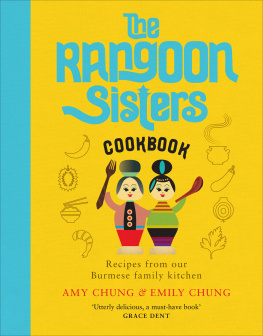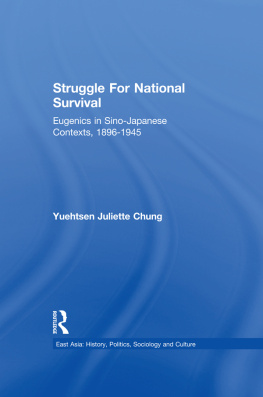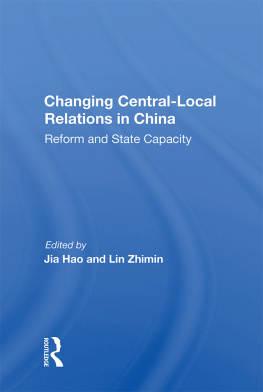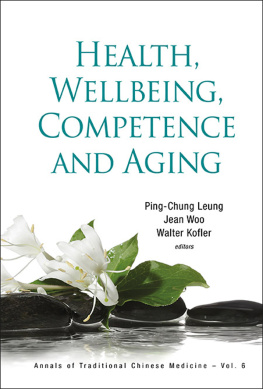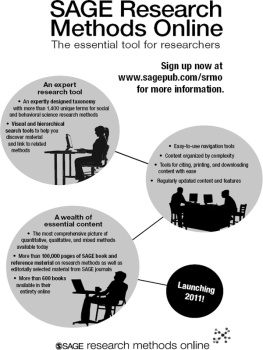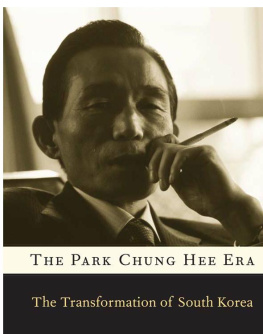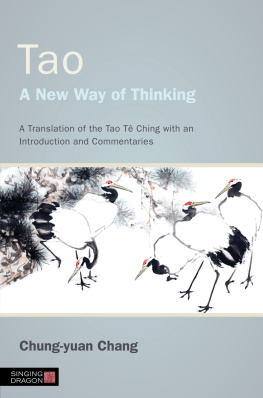Amy Chung - The Rangoon Sisters
Here you can read online Amy Chung - The Rangoon Sisters full text of the book (entire story) in english for free. Download pdf and epub, get meaning, cover and reviews about this ebook. year: 2020, publisher: Ebury Publishing, genre: Home and family. Description of the work, (preface) as well as reviews are available. Best literature library LitArk.com created for fans of good reading and offers a wide selection of genres:
Romance novel
Science fiction
Adventure
Detective
Science
History
Home and family
Prose
Art
Politics
Computer
Non-fiction
Religion
Business
Children
Humor
Choose a favorite category and find really read worthwhile books. Enjoy immersion in the world of imagination, feel the emotions of the characters or learn something new for yourself, make an fascinating discovery.
- Book:The Rangoon Sisters
- Author:
- Publisher:Ebury Publishing
- Genre:
- Year:2020
- Rating:5 / 5
- Favourites:Add to favourites
- Your mark:
- 100
- 1
- 2
- 3
- 4
- 5
The Rangoon Sisters: summary, description and annotation
We offer to read an annotation, description, summary or preface (depends on what the author of the book "The Rangoon Sisters" wrote himself). If you haven't found the necessary information about the book — write in the comments, we will try to find it.
The Rangoon Sisters — read online for free the complete book (whole text) full work
Below is the text of the book, divided by pages. System saving the place of the last page read, allows you to conveniently read the book "The Rangoon Sisters" online for free, without having to search again every time where you left off. Put a bookmark, and you can go to the page where you finished reading at any time.
Font size:
Interval:
Bookmark:

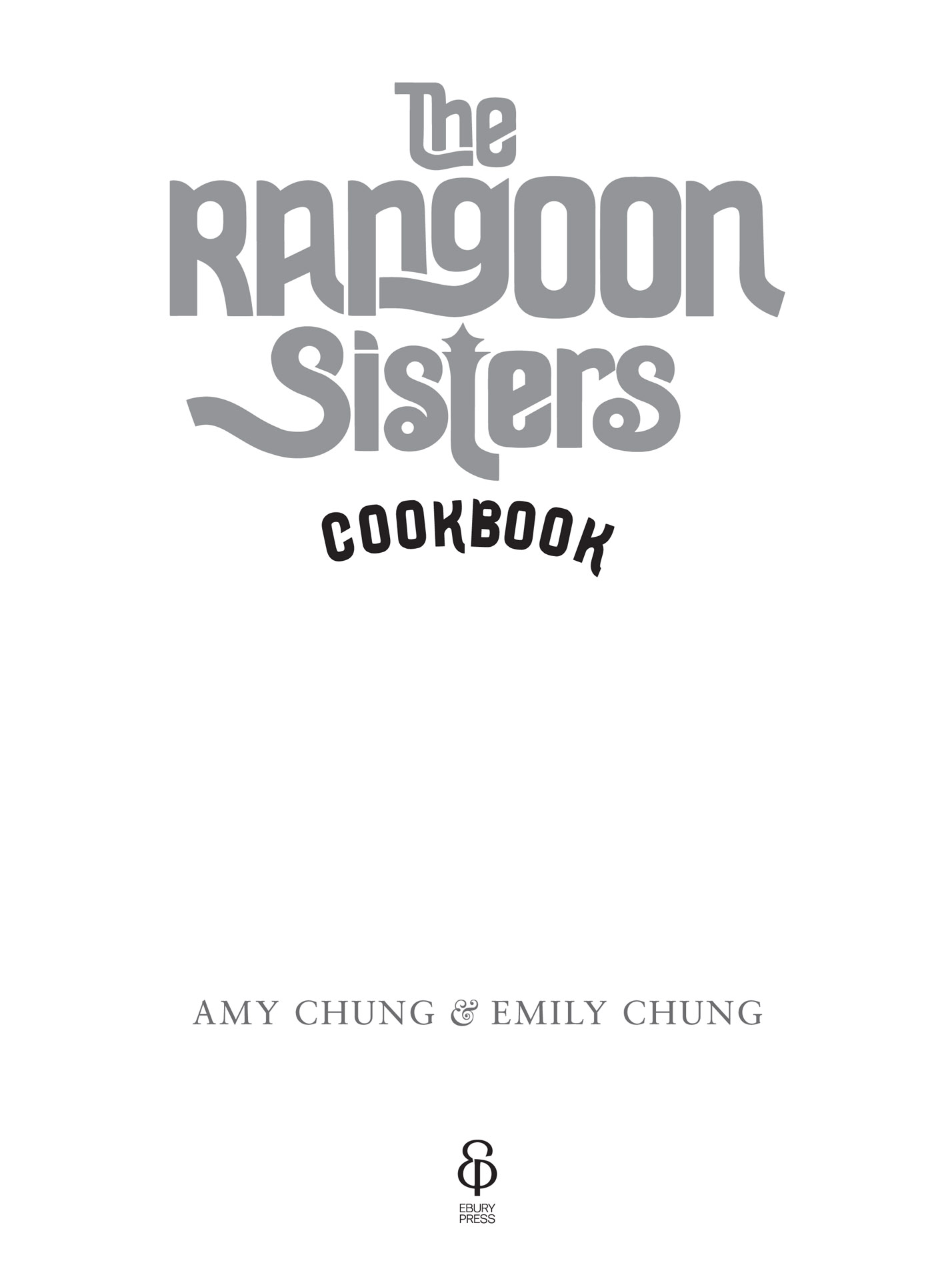
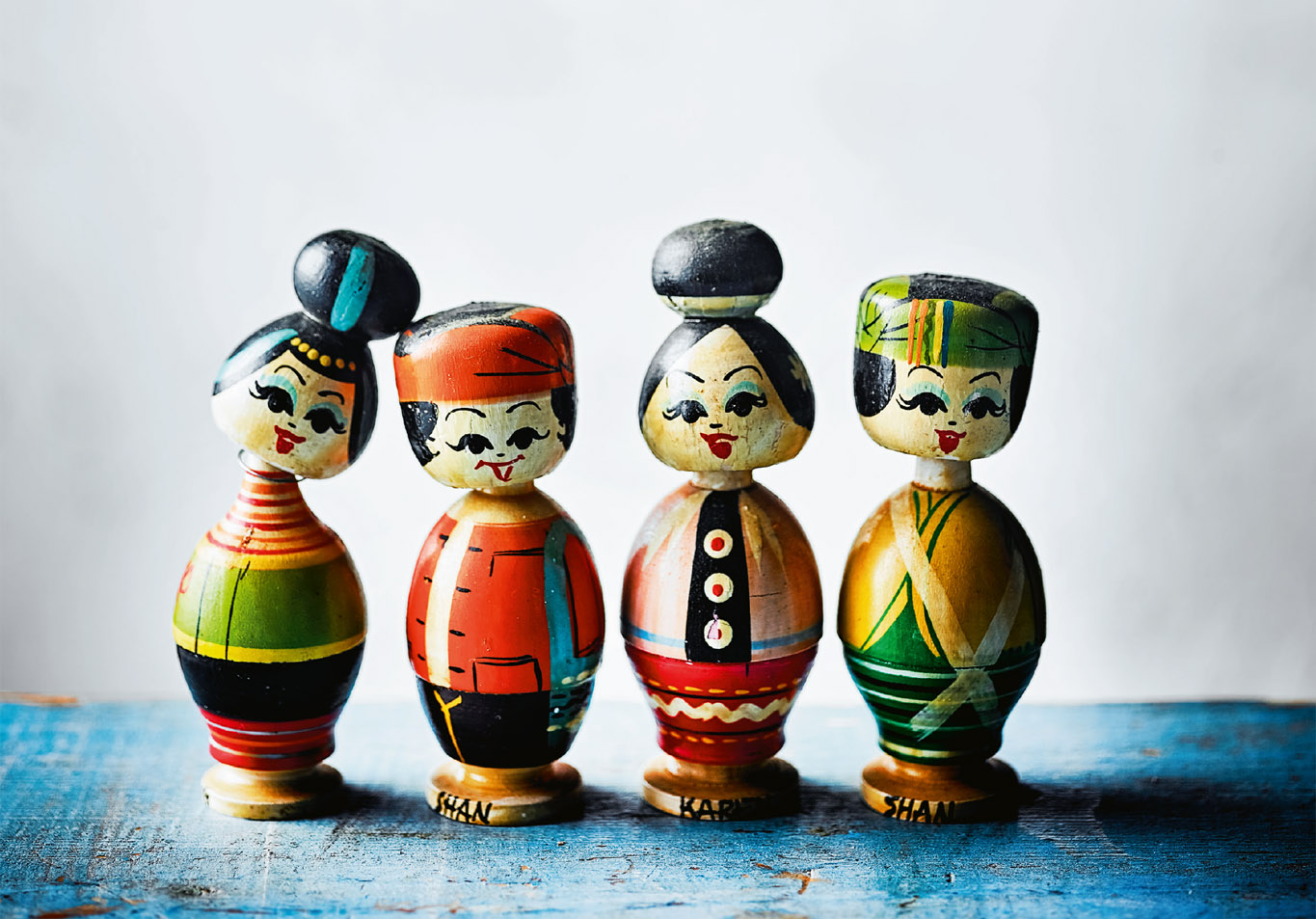
Its September 2012: we feel huge and sweaty, our generous posteriors perched on tiny plastic stools in the middle of Yangons Bogyoke Market. Sights, smells, sounds! Mum grabs the attention of one of the staff members, yells some orders over the din, and the next thing we know, bowls of mohinga, noodle salad and potato curry appear along with a plate of hot, buttery flatbread. We wash it all down with watermelon juice and achingly sweet star cola. Theres a feeling of comfort in our bellies. Our first Burmese meal in Burma. We are home.
We are Emily and Amy sisters, doctors, home-cooks-come-supper-club-hosts who love to eat, feed and entertain. Our lives revolve around food, and when the two of us meet up, our proposed activities are generally framed around what and where we are going to be eating.
We were born and bred in South London, with Anglo-Burmese-Chinese heritage. The kitchen-diner was the heart of the home and we grew up watching our parents cooking, picking up skills along the way. Soon enough, we took over the cooking at Christmas and parties in our teenage years. We both ended up studying medicine and became doctors, while still maintaining a passion for cooking and entertaining. Then, in 2013, an opportunity arose for us to host a pop-up Burmese dinner in an East London pub and it took off from there; the next thing we knew, our Burmese supper club was the hottest culinary ticket in London. People seemed to really love our food, the sharing of it, the friendly atmosphere at our dinners and, of course, meeting our mum and dad, who were key players in the whole operation. A cover and double-page spread in the Observer Food Monthly cemented us as eminent Burmese food advocates and the cuisine was soon deemed to be the next new trend. We would argue that its not a trend; it has always been here, and eaten widely, it just hasnt been under the spotlight. An increased awareness of and accessibility to different food cultures has piqued curiosity and spread knowledge, and with more and more people travelling to Burma in recent years, this cuisine has had more attention.
Our food isnt fancy; we dont present it in rings or do saucy drizzles or foams. The recipes in this book are all our home-cooked recipes, learned by close observation of our mum and our grandmas Burmese cooking, or created from our own recipe-testing of dishes that weve tasted over the years. We think they are accessible for all levels of home cook, and while some dishes may take a little time, they dont require any special skills. Oh, and youll be developing a close relationship with onions So come and have a seat at our table and make yourself at home.
*A note on place names. We have adopted the former name of the former capital of Burma, Rangoon, in our brand now known as Yangon (after the elections in 1989, many place names changed). We do not have strong feelings about whether you call the country Burma or Myanmar, but we use Burma throughout the text as this is the name we grew up using.
*A note on pronunciation. Phonetic Burmese spellings vary and we have opted for what we think is the simplest. Ky (for example in kyaw) is pronounced ch.
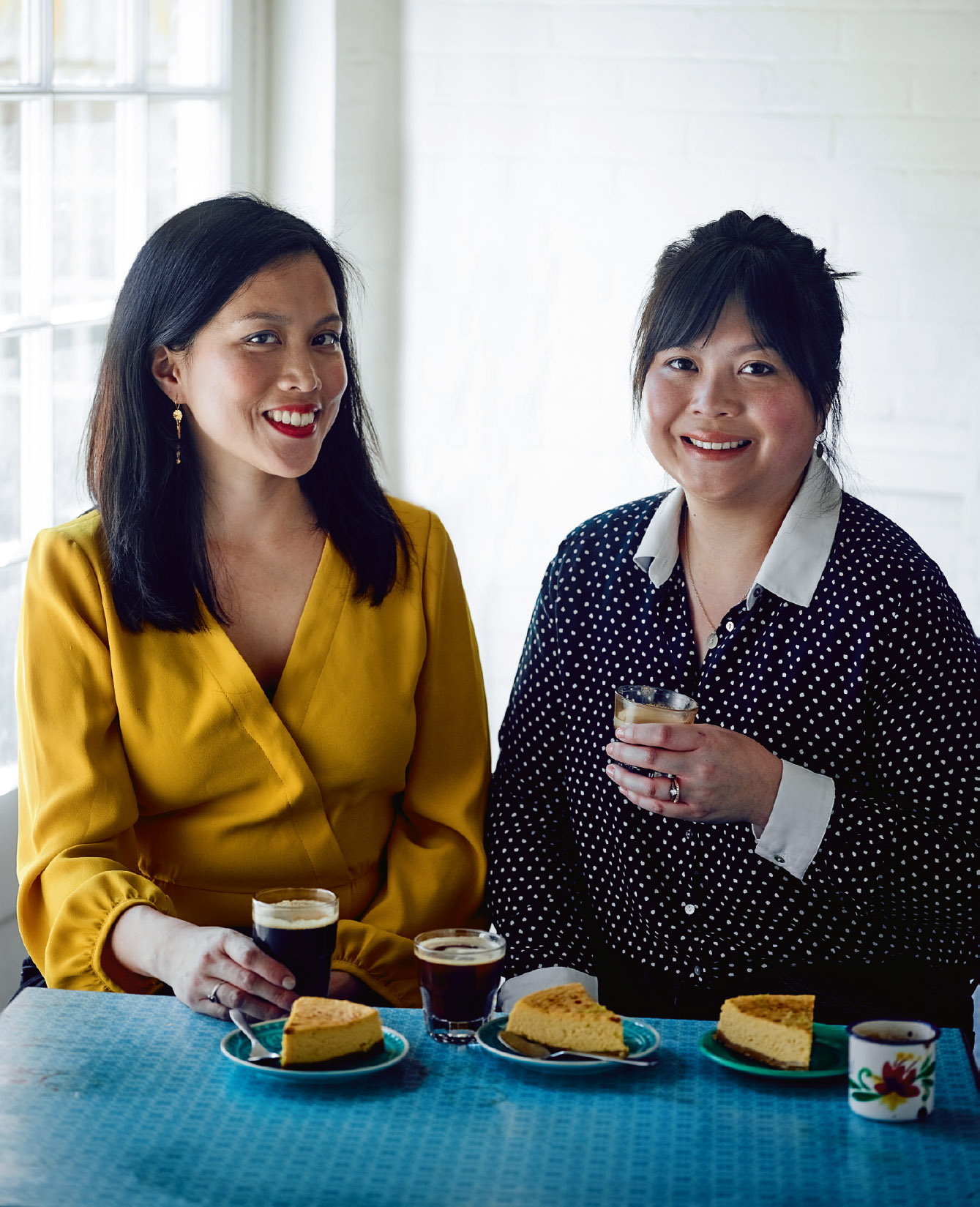
Like its landscape and climate, the food of Burma is hugely varied. People who havent tried it before might feel a familiarity because of the countrys location, nestled within easy reach of the wonderful influences of India, Bangladesh, Thailand and China. However, there are definitely unique qualities too, which reflect the countrys long, rich and complex history.
A very condensed history begins here. Travel across Southeast Asia over the centuries led to changes in rulers and the introduction of influences from across the region, such as Buddhism from India and the Mongol invasion. After the ninth century, the Bamar people established the Pagan kingdom and this became the predominant ethnic group. In recent, more familiar history, Burma was annexed by the British Raj in the nineteenth century and became part of British India. Independence arrived in 1948, following Japanese occupation during the Second World War. Post-war, the country struggled as a result of the destruction in infrastructure that it had endured, and combined with unrest between different groups, our family made the decision to emigrate; more about that later.
We finally made our first visit to Burma with Mum, in 2012. Despite the significant changes that have occurred over time, we are always overwhelmed by the patience and kindness people have shown us when visiting Burma. On several occasions we have encountered people effectively strangers who would welcome us into their homes, give us tea and enjoy sharing stories, expecting nothing in return. We have been blown away by the beauty of the country, from the acres of pagoda-studded plains of Bagan, the untouched sandy beaches of Maungmagan, and the rolling hills of Shan State.
Back to food, though! A typical Burmese spread at home involves lots of small dishes for sharing:
Slow-cooked meat, poultry, seafood and vegetable curries (hin), which are subtly spiced but deep in flavour and seasoned oil. This layer of oil plays a key role in preserving the food, due to the absence of the widespread use of refrigeration in Burma.
Fresh, zingy salads (a thoke) that can be sour, salty, bitter, sweet, as spicy as you like, but also multi-textured.
Vegetable and lentil side dishes and garnishes and condiments aplenty to make your plate your own. Each mouthful becomes a flavour bomb.
A plate of raw/blanched vegetables surrounding a bowl of dip, which is usually fishy or shrimpy.
Rice is a major dietary staple. It is produced extensively, is of excellent quality and is eaten at every meal. (Only small portions of meat are eaten and historically this would be due to its high cost.) Lots of vegetables, soups and rice provide the bulk of the meal, followed by fresh seasonal fruits. When people complain about the amount of oil that traditionally comes with Burmese curries, we do get a little prickly, because actually the diet is very varied and full of fruits and vegetables. It is also entirely possible to scoop the oil away, if you prefer, and still enjoy the curry underneath.
A note on fruits. Here the Alphonso is seen to be the best variety of mango, but we would argue that the ones in Burma can beat it, specifically the Sein Ta Lone (which translates to the one diamond), though those in Burma would say if you eat too much it can make you too hot. In Burma there is a firmly held belief regarding hot and cold foods. For example, during winter, you should eat ginger, which is hot, and you shouldnt eat cucumber, which is cold. This idea is likely to have basis in Ayurveda, which is unsurprising due to influences from the Indian subcontinent over the centuries. The Burmese then developed it into their own style of traditional Burmese medicine. As medics, we remain sceptical about this, and yet we know that some of these concepts are followed very strictly and do in fact yield results. Illnesses may be treated by the avoidance or introduction of different types of food. Traditional Burmese medicine remains particularly important in the many remote areas that are difficult to access, and it is still popularly used alongside Western medicine.
Next pageFont size:
Interval:
Bookmark:
Similar books «The Rangoon Sisters»
Look at similar books to The Rangoon Sisters. We have selected literature similar in name and meaning in the hope of providing readers with more options to find new, interesting, not yet read works.
Discussion, reviews of the book The Rangoon Sisters and just readers' own opinions. Leave your comments, write what you think about the work, its meaning or the main characters. Specify what exactly you liked and what you didn't like, and why you think so.

